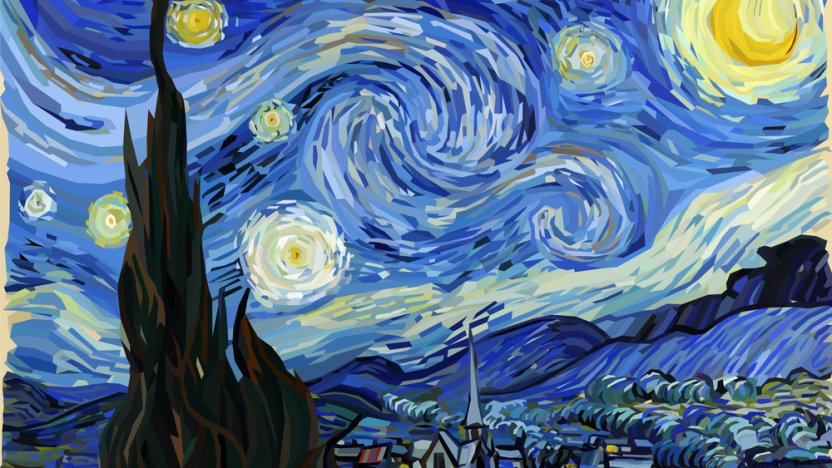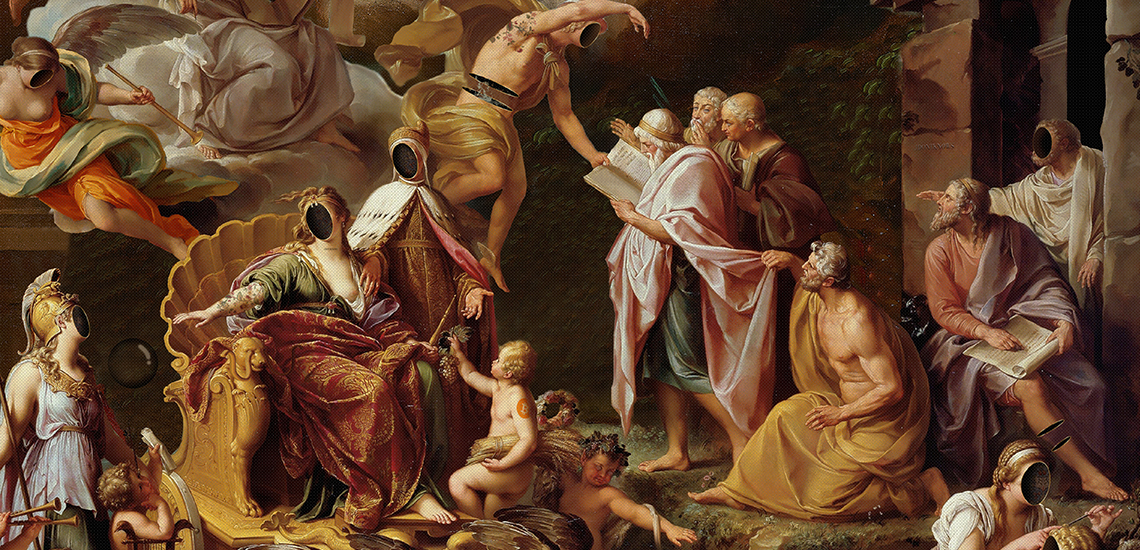A Deep Dive into one of the most Renowned Trump Artworks of Recent Years
A Deep Dive into one of the most Renowned Trump Artworks of Recent Years
Blog Article
Starting a Visual Trip Via the Lyrical Analyses of Nature in Stylist Landscapes
Each brushstroke, each play of light and shadow, and each shade selection in their works speaks volumes about the artists' deep connection to nature and their capacity to convert its beauty onto the canvas. As we explore the lyrical interpretations of nature in Stylist landscapes, we are invited to immerse ourselves in a world where fact and emotion link, providing a glance into the artists' profound appreciation for the all-natural globe.
The Fascinating Brushstrokes of Claude Monet
Claude Monet's proficiency of brushstrokes goes beyond simple strategy, imbuing his landscapes with an ethereal quality that enthralls and astounds viewers - trump art. His cutting-edge use shade and light, combined with his distinct brushwork, develops a sense of movement and life within his paintings. Monet's renowned series of jobs illustrating water lilies and his iconic haystacks showcase his capacity to catch the fleeting results of light and atmosphere

Enjoying Light and Shadow With Camille Pissarro
Personifying a comparable respect for the interplay of light and darkness, Camille Pissarro's artistic vision unfolds as an unified expedition of the natural globe's luminous subtleties. Pissarro, a key figure in the Impressionist activity, masterfully captured the vibrant relationship between light and darkness in his landscapes. His skilled use shade and brushwork enabled him to convey the subtle shifts in light that define different times of day and seasons.
Pissarro's paints often feature dappled sunshine infiltrating leaves, casting detailed patterns of light and shadow on the earth below. In jobs such as "Hoar Frost, the Impact of Snow, Pontoise," Pissarro skillfully depicts the crisp illumination of wintertime sunshine compared with the amazing darkness that define the snowy landscape. By welcoming both light and darkness in his make-ups, Pissarro invites viewers to submerse themselves in the all-natural appeal and transient effects of light worldwide around them.

With Pissarro's jobs, we are reminded of the transformative power of light and shadow, inviting us to stop and appreciate the fleeting moments of charm existing in the everyday landscapes that border us.
A Harmony of Color Styles by Edgar Degas
Edgar Degas orchestrates a lively harmony of shades in his masterful artworks, instilling his compositions with a dynamic interplay of tones that captivate the customer's gaze. Understood mainly for his ballet professional dancers and intimate scenes of Parisian life, Degas skillfully manipulated shades to communicate state of mind and motion in his paints. trump art. His use strong, contrasting shades and subtle tonal variations created a feeling of deepness and vibrancy within his works
Degas' color scheme frequently included abundant blues, deep eco-friendlies, and warm oranges, which he applied with certain brushstrokes to record the significance of his subjects. Whether portraying a ballerina mid-performance or a team of close friends chatting at a coffee shop, Degas' colors not just showed the scene yet likewise evoked a feeling of feeling and energy.
Furthermore, Degas' experimentation with view it now light and darkness added an additional layer of intricacy to his color compositions, boosting the general atmosphere of his paints (trump art). With his skilled manipulation of shade, Degas produced a visual harmony that remains to resonate with visitors today
Discovering Nature's Peacefulness With Berthe Morisot
Berthe Morisot's imaginative vision provides a tranquil departure from the dynamic shade harmonies of Edgar Degas, as she catches the harmony of nature in her expressive landscapes. Understood for her fragile brushwork and intimate representations of look at these guys daily life, Morisot's landscapes emanate a feeling of tranquility and harmony.
Morisot's paintings frequently include soft, muted tones that share a feeling of calmness and tranquility. Her works, such as "The Cradle" and "Summer's Day," showcase her ability to record the subtle elegance of nature in such a way that is both contemplative and calming to the customer.
Unlike several of her Impressionist equivalents that concentrated on dynamic structures and vibrant colors, Morisot liked to develop mild, introspective scenes that invite the customer to reflect and stop briefly. With her skillful use light and shadow, Morisot produces a feeling of peace that resonates with the viewer on a deep emotional level.
The Psychological Landscapes of Vincent Van Gogh
Vincent Van Gogh's landscapes strongly convey a depth of feeling via their dynamic brushwork and expressive use shade. The Dutch post-impressionist musician is renowned for his capacity to capture intense and raw emotions in his paintings, transcending traditional representations of nature. Van Gogh's troubled personal life, noted by psychological health and wellness struggles, considerably affected his art, infusing his landscapes with a sense of anxiousness, sorrowful, or enthusiasm.
In works such as "Starry Evening" and "Wheatfield with Crows," Van Gogh's swirling brushstrokes and lively color selections stimulate a profound emotional feedback from customers. The stormy skies and agitated landscapes in his paints mirror his inner turmoil and emotional disturbance, welcoming visitors to delve right into the complexities of go to my blog his subconscious.
Van Gogh's unique visual language, defined by overstated point of views and strong usage of color, produces landscapes that reverberate with visitors on a deeply emotional level. With his art, Van Gogh welcomes us to see nature not equally as an outside truth but as a mirror of our innermost sensations and feelings.
Final Thought
Finally, the impressionist landscapes of musicians such as Claude Monet, Camille Pissarro, Edgar Degas, Berthe Morisot, and Vincent Van Gogh use a exciting and special visual interpretation of nature. Via their use brushstrokes, feeling, light, and color, these artists have actually developed a harmony of images that stimulate a feeling of peacefulness and charm in the natural world. Their jobs continue to motivate and bewitch audiences with their lyrical analyses of the landscapes around us.
Each brushstroke, each play of light and shadow, and each shade choice in their jobs talks volumes concerning the artists' deep connection to nature and their capacity to translate its appeal onto the canvas. His innovative usage of color and light, integrated with his distinctive brushwork, produces a feeling of movement and life within his paints. His adept usage of shade and brushwork allowed him to communicate the refined changes in light that define different times of day and periods.

Report this page